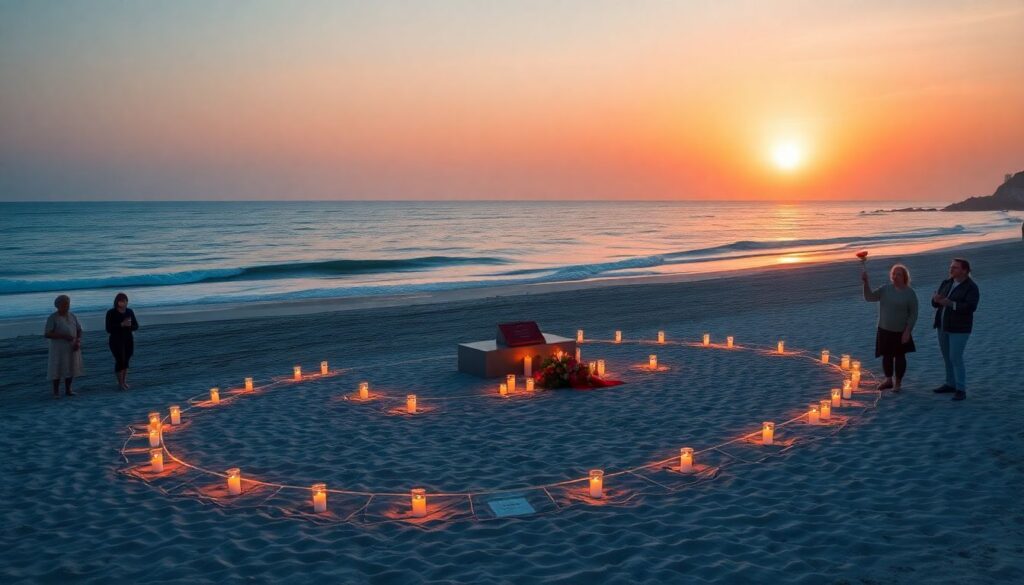Welcome to this reflective journey as we mark the 20th anniversary of the 2004 Indian Ocean tsunami. This article aims to honor the memories of those lost, celebrate the resilience of the survivors, and educate about the impact of one of the deadliest natural disasters in modern history.
Twenty years later, communities gather to honor the victims and reflect on the devastating event that changed their lives forever.
As the sun begins to set, painting the sky with hues of gold and orange, a quiet gathering takes place on a serene beach. The usual sounds of laughter and joy are replaced with a solemn silence, broken only by the gentle whisper of the sea. At the heart of the gathering, a monument stands tall, its stone surface reflecting the warm glow of the setting sun. It is a memorial, a symbol of remembrance for those who have passed.
Surrounding the monument, people stand in quiet reverence, each holding a flickering candle or a delicate flower. The candles cast a soft, dancing light that mingles with the fading sun, creating long, gentle shadows that seem to reach out and embrace the monument. The flowers, a riot of colors, are a stark contrast to the muted tones of the beach, a vibrant symbol of life and hope amidst the remembrance.
As the last rays of sun disappear below the horizon, the candles burn brighter, their flames steady and resolute against the encroaching night. The gathering does not disperse, but rather grows stronger, each person drawing strength from the presence of others. It is a picture of resilience, of lives moving forward, even in the face of loss. The beach, once a place of solitude and reflection, has become a place of remembrance, of shared pain and shared hope. The memorial, the candles, the flowers, and the setting sun all blend together to create an image of poignant beauty, a testament to the spirit of remembrance and resilience.
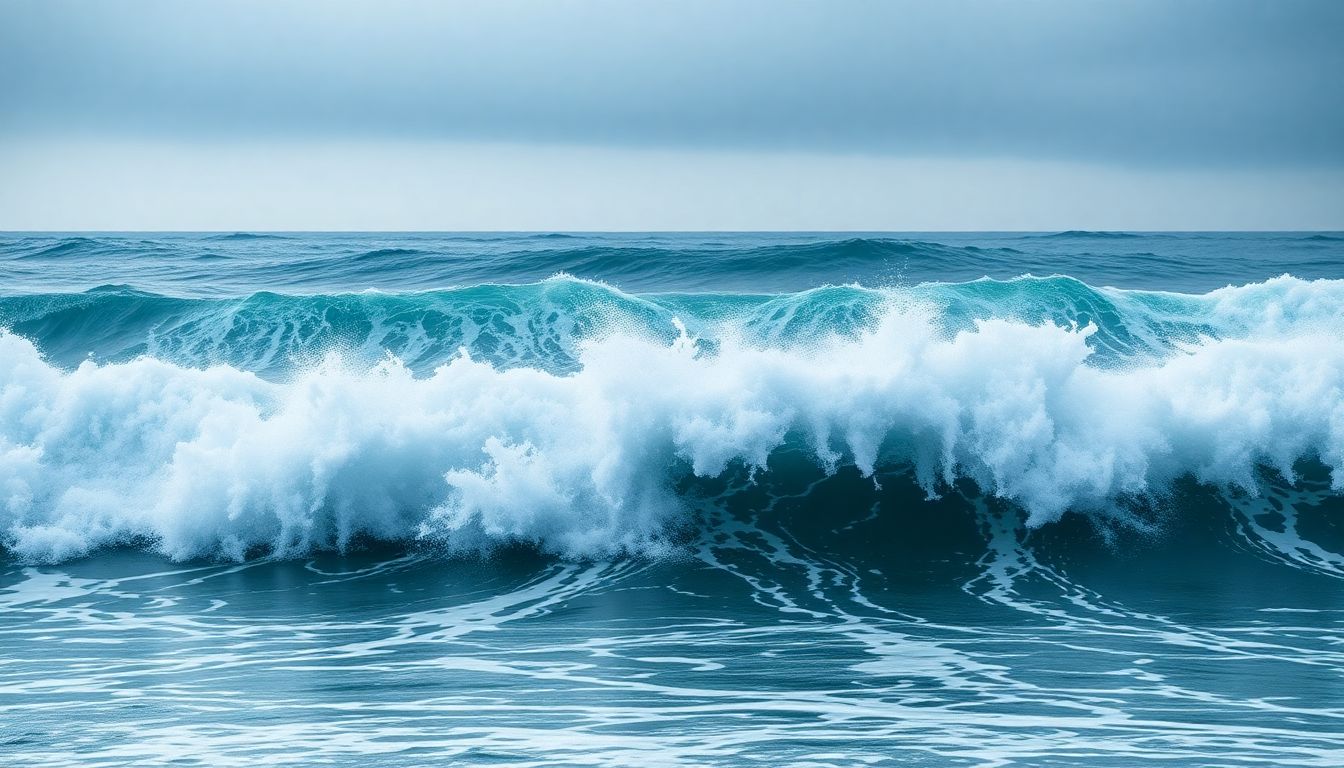
A Day That Changed the World
The day after Christmas, December 26, 2004, began like any other for millions of people across South Asia. But at 7:58:53 am local time, the world as they knew it changed forever. A colossal undersea earthquake, with a magnitude of 9.1-9.3, struck off the coast of Sumatra, Indonesia. The quake, known as the Sumatra-Andaman earthquake, was the third-largest ever recorded, and its effects were felt as far away as the southern parts of India and the Maldives. The earthquake was so powerful that it caused the entire planet to vibrate, triggering other earthquakes as far away as Alaska.
The earthquake itself was devastating, but it was the subsequent tsunami that brought unimaginable destruction. The tsunami waves, reaching heights of up to 30 meters (100 feet), slammed into the coastlines of 14 countries, including Indonesia, Sri Lanka, India, and Thailand. The waves traveled at speeds of up to 800 kilometers per hour (500 miles per hour), catching many by surprise. Personal stories of survival and loss began to emerge in the aftermath. Tilly Smith, a 10-year-old British girl on vacation in Phuket, Thailand, recognized the signs of a tsunami from a school lesson and alerted her family, saving them and many others. Meanwhile, Swedish survivor Petra Nemcova clung to a palm tree for eight hours before being rescued.
The immediate aftermath was a scene of chaos and despair. Entire communities were wiped out, with houses and buildings reduced to rubble. Key infrastructure, such as roads, bridges, and communication lines, were severely damaged or destroyed. The official death toll reached over 230,000 people, with countless more injured or missing. The United Nations estimated that more than 1.7 million people were displaced from their homes. The environmental impact was also severe, with coastal ecosystems, farming land, and fishing grounds decimated.
The international response to the disaster was swift and unprecedented. A massive humanitarian effort was launched, with governments, non-governmental organizations, and individuals from around the world pledging and providing support. The total aid contributed reached over $7 billion. The disaster also highlighted the importance of early warning systems and better infrastructure in tsunami-prone regions. The Indian Ocean Tsunami Warning and Mitigation System was established in 2006 to provide early warnings and reduce the impact of future tsunamis in the region.
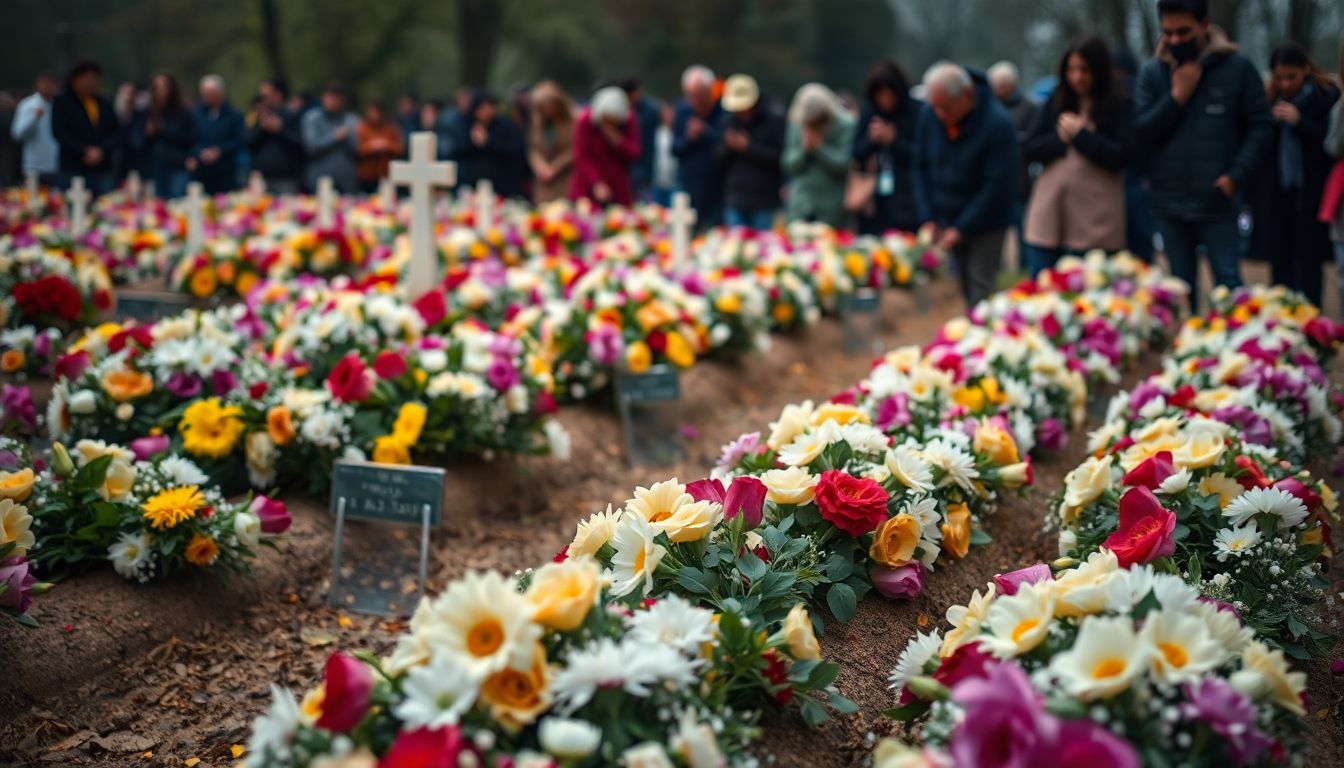
Memorials and Remembrance
As the world marked the 20th anniversary of the 9/11 attacks, nations around the globe held memorial services and events to honor the lives lost and reflect on the significance of that fateful day. In the United States, the heart of the commemorations took place at the National September 11 Memorial & Museum in New York City. The ceremony was punctuated by moments of silence at the precise times when the planes hit the Twin Towers, the Pentagon, and the field in Shanksville, Pennsylvania. The most emotionally charged moment came with the reading of the names of the 2,977 victims, a solemn reminder of the immense loss suffered.
International communities also gathered to pay their respects. In London, a service was held at the September 11 Memorial Garden in Grosvenor Square, where family members of British victims laid wreaths and shared personal stories. In Australia, services were held at the Australian National Memorial in Canberra, with dignitaries and community members observing a minute of silence. These global events underscored the universal impact of the 9/11 attacks and the enduring solidarity among nations.
Several emotional moments stood out during these memorials:
- In New York, the Tribute in Light, two powerful beams of light reaching up to four miles into the sky, once again illuminated the cityscape, serving as a poignant reminder of the fallen towers and the lives lost.
- At the Pentagon, survivors and family members gathered for a private ceremony, where the America’s Heroes Memorial was adorned with wreaths and flowers, symbolizing the resilience and unity of the American spirit.
- In Shanksville, Pennsylvania, the Flight 93 National Memorial hosted a somber ceremony, with the reading of the names of the 40 heroes who fought back against the hijackers, highlighting their bravery and sacrifice.
These memorial services and events held a profound significance for communities worldwide. They provided a space for collective mourning, remembrance, and healing. The gatherings served as a reminder of the importance of unity and resilience in the face of adversity. As the world reflected on the past two decades, these commemorations reinforced the commitment to honor the victims, support the families affected, and ensure that the lessons learned from 9/11 continue to guide future generations.
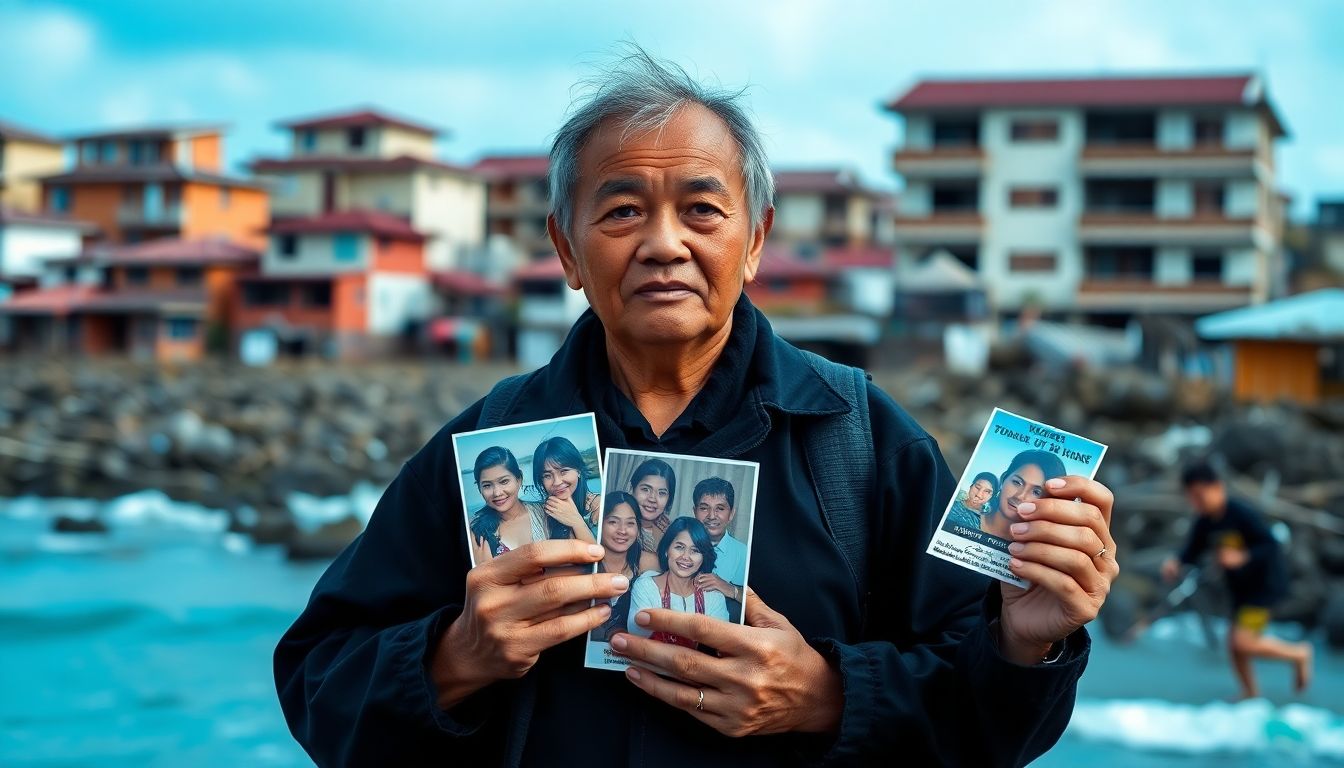
Stories of Survival and Resilience
In the heart of New Orleans, Sandy Nguyen is a testament to the power of resilience. After Hurricane Katrina devastated her city and swept away her home, she found herself starting from scratch. Rather than succumbing to despair, Sandy rolled up her sleeves and got to work. She began by volunteering in community clean-up efforts, and soon after, she founded a local non-profit that focuses on providing affordable housing to those displaced by the storm. Today, Sandy’s organization has rebuilt over 300 homes and has become a beacon of hope in her community. Her story serves as a reminder that even in the face of utter devastation, the human spirit can rise again, stronger and more determined than ever.
Across the globe, William Kamkwamba from Malawi has written an inspiring tale of overcoming adversity with his own hands—literally. Born into a family of farmers, William was forced to drop out of school when a severe famine struck his village. Eager to help his family and community, he turned to the local library for knowledge. There, he discovered the power of windmills and set out to build one using scrap metal, tractor parts, and old bicycle frames. His invention not only brought electricity to his family’s home but also revolutionized his village. William’s story has since inspired countless individuals around the world, earning him invitations to speak at TED conferences and other prestigious events.
When Roxanne Peter lost her leg in a tragic car accident, she could have easily given up on her dreams. But this determined woman from Australia had other plans. She channeled her energy into becoming a powerful voice for disabled rights and a renowned Paralympic athlete. Roxanne has gone on to win multiple medals in swimming and has shattered several world records. Off the pool deck, she’s advocated for better accessibility and resources for disabled individuals, proving that physical limitations need not define one’s potential.
- Founded a charity that provides sports opportunities for disabled youth
- Spearheaded campaigns to improve accessibility in public spaces
- Been recognized with numerous awards for her advocacy work
From natural disasters to personal setbacks, these survivors have shown us that adversity can be overcome. Their stories underscore the incredible strength and resilience of the human spirit, reminding us that even in the darkest times, there’s always hope. Whether it’s rebuilding a community brick by brick or advocating for change, these individuals have turned their challenges into catalysts for growth and inspiration. Their journeys serve as powerful testaments that with determination and resolve, anyone can rise above hardship and make a lasting impact on the world.
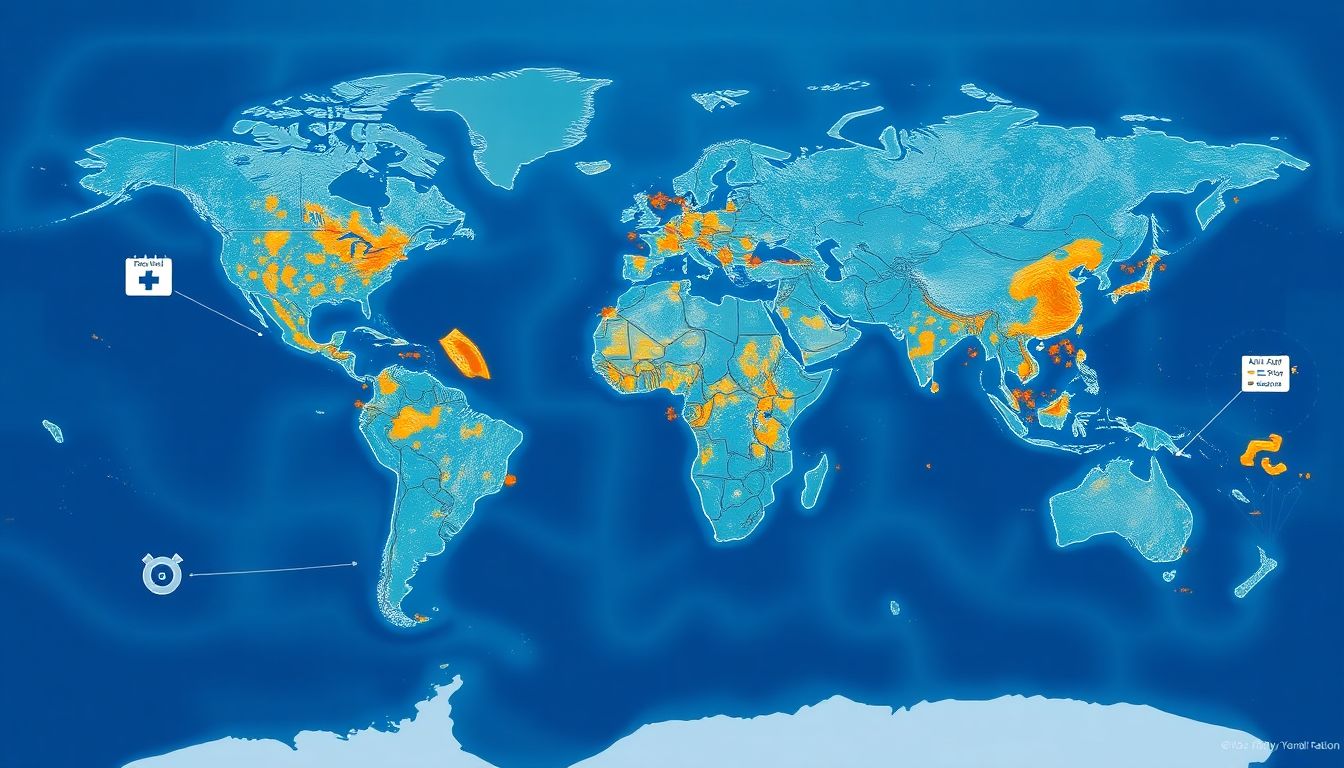
Global Impact and Lessons Learned
The 2004 Indian Ocean tsunami, triggered by a massive undersea earthquake, had a devastating global impact. Nearly 230,000 people lost their lives across 14 countries, with Indonesia, Sri Lanka, India, and Thailand being the hardest hit. The waves caused unprecedented destruction, displacing millions and causing billions of dollars in damage. The catastrophe highlighted the need for better disaster preparedness and response strategies worldwide.
One of the most significant lessons learned was the importance of international cooperation. The outpouring of global support for the affected regions emphasized the necessity of collaborative efforts in disaster management. The United Nations, along with various international aid agencies, played a pivotal role in coordinating relief efforts, distributing aid, and supporting reconstruction. This collective response underscored the value of united global action in the face of large-scale disasters.
A critical outcome of the tsunami was the establishment of early warning systems. Prior to the disaster, there was no Indian Ocean tsunami warning system in place. In response, the Intergovernmental Oceanographic Commission (IOC) of UNESCO led the development of the Indian Ocean Tsunami Warning and Mitigation System (IOTWMS). This system, now operational, provides early warnings to member states, enabling timely evacuations and significantly reducing the risk of loss of life.
Several key lessons were learned in disaster preparedness and response:
- The importance of public education and awareness campaigns to ensure communities understand and respond to warnings.
- The need for robust communication infrastructure to disseminate warnings quickly and effectively.
- The value of investing in resilient infrastructure to minimize damage and facilitate quicker recovery.
- The value of international cooperation and shared expertise in enhancing global disaster response capabilities.
These lessons have guided improvements in disaster management practices around the world, better preparing nations for future catastrophic events.
FAQ
What caused the 2004 Indian Ocean tsunami?
How many people were affected by the tsunami?
What are some of the memorials and events held to remember the tsunami?
- Mass graves and memorial parks in Indonesia’s Aceh province.
- Candlelight vigils and floral tributes in Sri Lanka.
- Memorial services in Thailand and Sweden.
- Global remembrance events and prayers.
How have communities rebuilt and recovered from the tsunami?
What lessons have been learned from the 2004 Indian Ocean tsunami?
- Importance of early warning systems.
- Enhanced international cooperation in disaster response.
- Improved infrastructure and preparedness in coastal communities.
- Greater awareness and education about tsunami risks.



